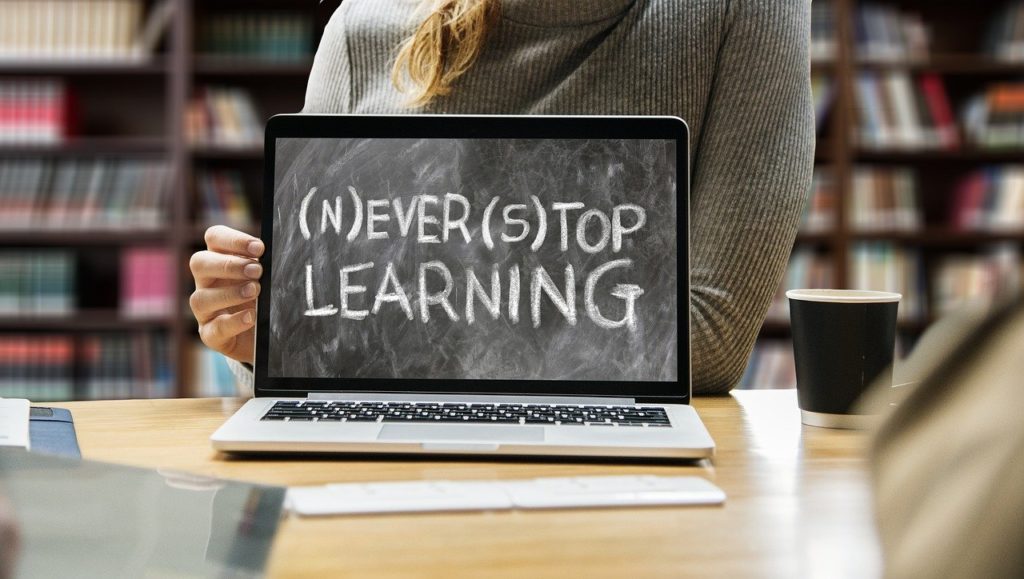The ‘do-it-yourself’ mentality has become increasingly popular over the years. For almost any endeavor you can imagine, there’s probably some easy-to-follow guide online. With the necessary supplies and cordless power tools, you can follow the steps and save money by completing a DIY project.
But recently, people have begun taking the DIY approach to something far more personal and of significant consequence: education. And while it’s not unusual for adult learners to seek new knowledge through customizable, at-scale online courses, kids can do it too.
The question is, should they be doing it? Online education can be cost-effective, even completely free, but to what extent can such à la carte learning replace a traditional classroom experience?
Potential for better learning
Owing to the pandemic, more children have gained firsthand experience with online learning. This often mirrors the experiences of parents with working from home. It can be a mixed bag of benefits and downsides.
Though we don’t have a timeline yet for when the threat of Covid-19 will subside, the expectation is that schools will eventually reopen. And with that, students will return to campuses. But this has offered us a glimpse into what education might look like if we allow our children to push forward with a DIY approach.
In a sense, online DIY education isn’t really new. Children have been home-schooled for generations. There are kids whose careers start early, like actors or athletes. Others have disabilities or health conditions that make it difficult, even impossible, for them to learn at a collective pace.
However, a DIY education offers the potential to create better learning experiences. This is best illustrated by the concept of ‘flipping the classroom.’ In a typical classroom experience, low-level learning such as memorizing or understanding concepts happens in-class, with higher-level cognitive learning left to the student’s discretion afterward.
In a flipped classroom, the low-level tasks are handled by students before class through online modules. This allows them to maximize interactions with teachers and peers in a subsequent online session. Here, they will be able to ask more in-depth questions and share and apply their insights.

Gaining traction among younger parents
The flipped classroom effect is not exclusive to an online environment. Teachers at school may have students complete online courses before discussing the material and reap similar benefits.
Yet a large part of the attraction of an all-online DIY education lies in its flexibility. Parents who lead dynamic lifestyles can still manage to provide a good education for their children. And depending on the source of the material, it can be highly cost-effective.
Perhaps it’s not altogether surprising that a DIY education is popular among millennials. They are the first generation to grow up digital natives and grasp what the technology can offer.
Millennials are also among the most educated demographics. Yet they also entered the labor market amid the Great Recession and have recently had to go through a pandemic-induced recession as well. They are also infamously burdened with student debt.
Thus, millennials on either side of the college divide will be very sensitive to education’s value. Why incur thousands of dollars of debt if your education doesn’t provide you with the skills that the modern workforce needs? A DIY education is personalized and fosters independent thinking and decision-making, giving students better preparation for their future careers.
Striking the right balance
The promise of getting an education that’s relevant to job prospects for a fraction of the standard cost has undeniable appeal to low-income families. But parents still have to ensure that an effective balance is met.
Everyone learns at their own pace, and the most effective method of learning will vary. Educators use the terms ‘pedagogy’ and ‘andragogy’ to distinguish between child-leading and adult learning. But when does a child make this transition? It’s a unique dynamic that you’ll have to monitor and evaluate carefully.
A DIY approach to learning can promote in-depth understanding while keeping kids engaged and motivated. But giving children too much control over their learning too early can also result in them glossing over or ignoring some foundational aspects of knowledge. That wouldn’t happen in a structured curriculum under a teacher’s supervision.
Know that this approach is a powerful tool for learning in the modern world. It can be combined with more traditional educational methods or used on its own. And it will help prepare growing children for a world that’s changing constantly and rapidly.

